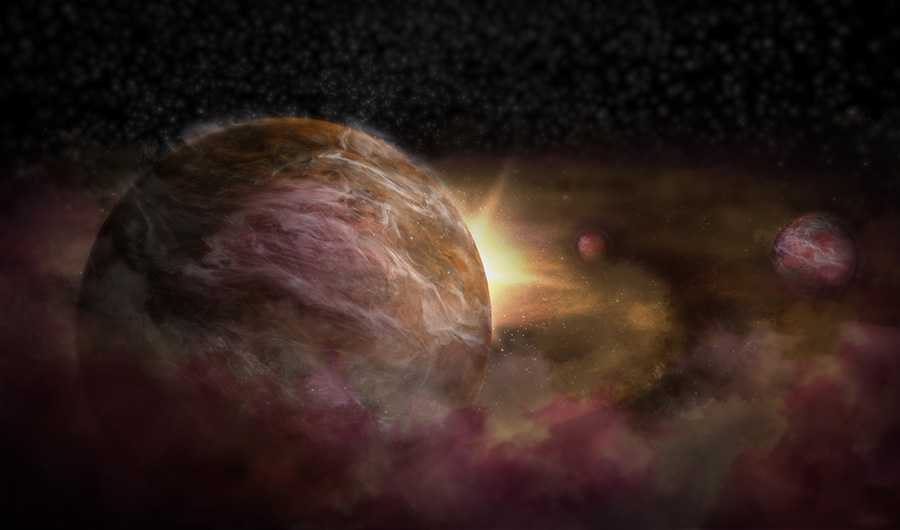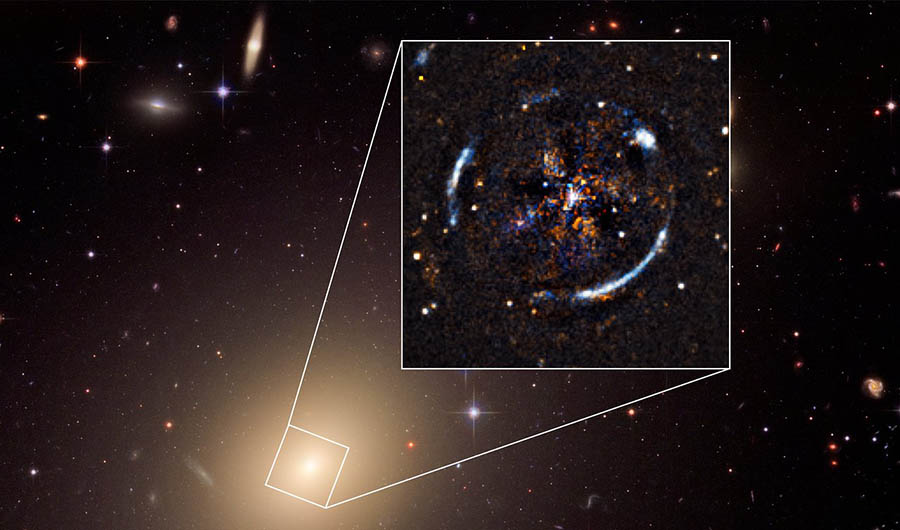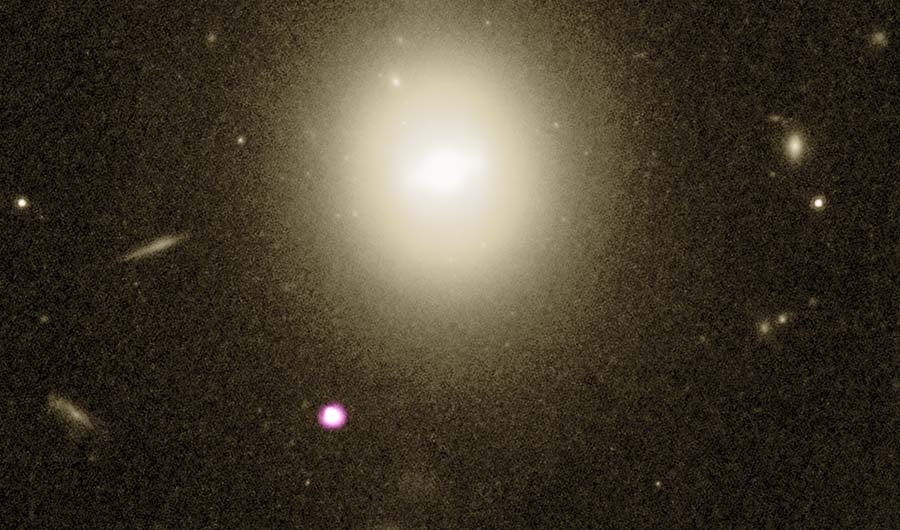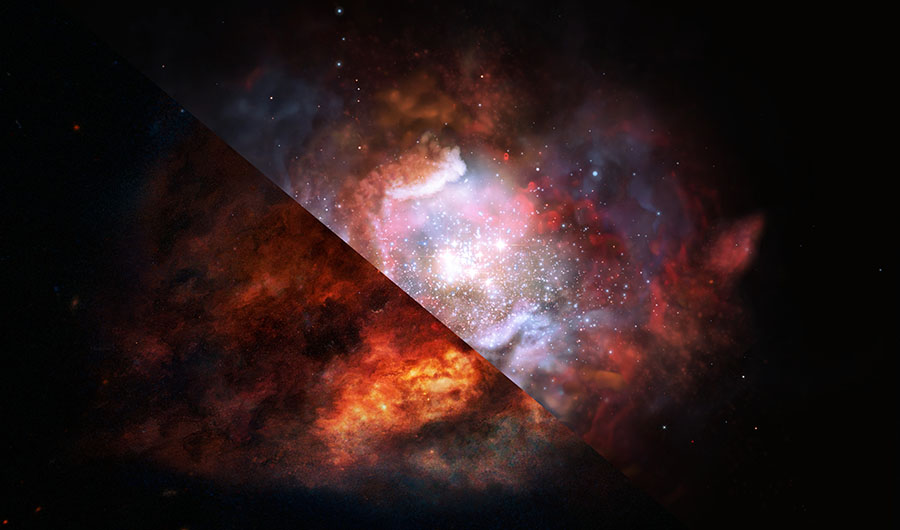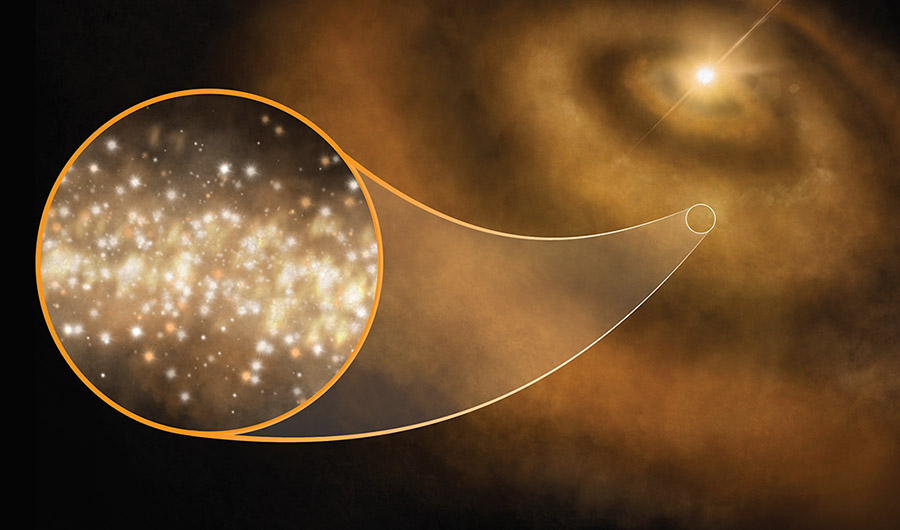June's Stunning Space Pictures
This month we appreciate how images can take us on a journey to better understand the universe.
(Inside Science) -- This month, we feature images that expand our understanding of space. Through these images, astronomers are trying to solve decadeslong mysteries, capture the first glimpses of a black hole that was only theoretical until now, and test the boundaries of what we think we know about astrophysics.
Filed under

